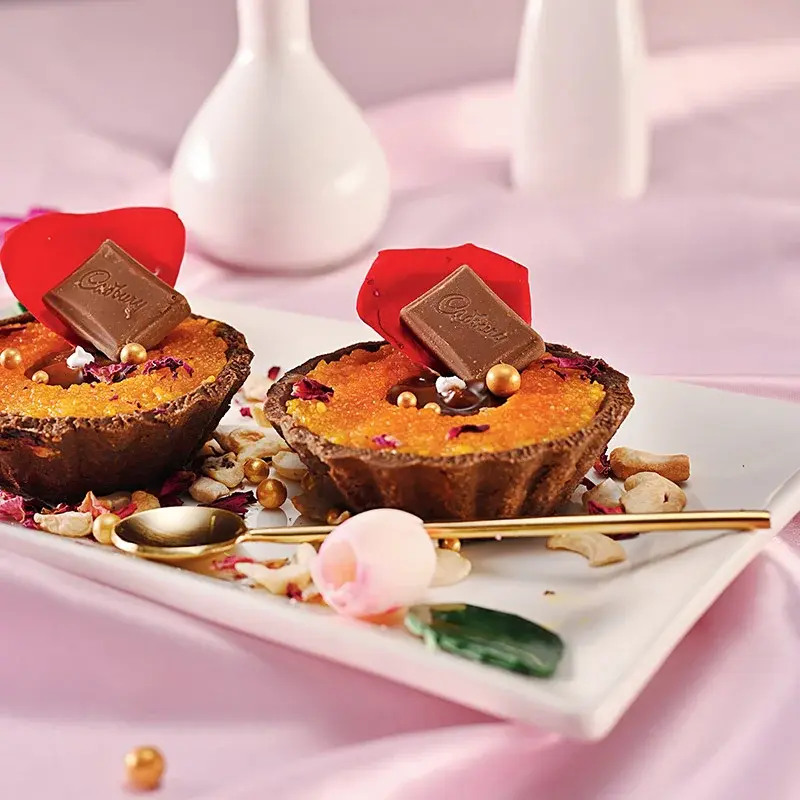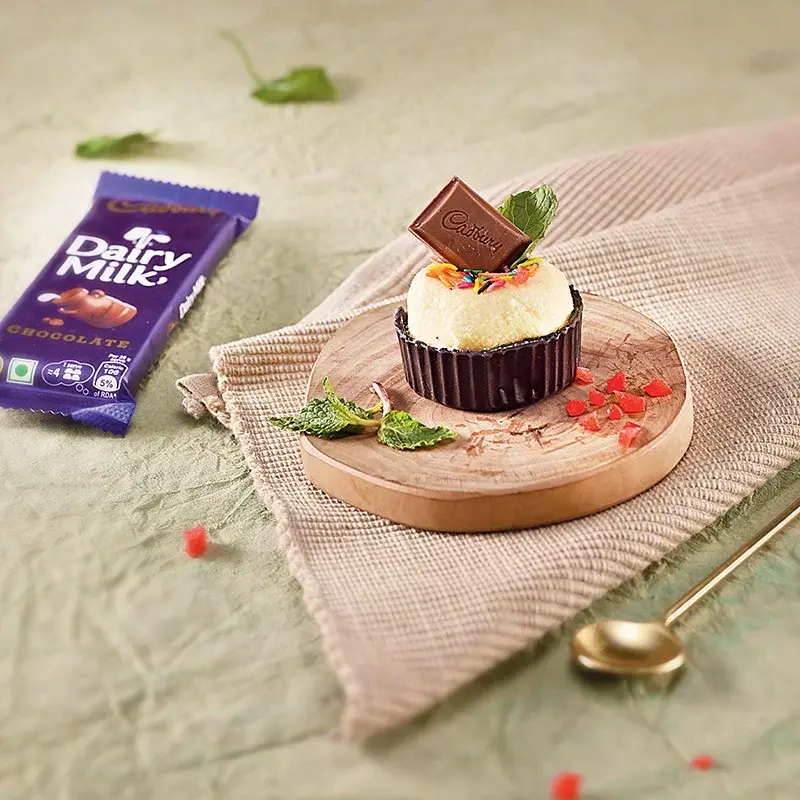Distinguish between baking powder and baking soda by understanding their key differences

Introduction
When it comes to baking there are two leavening agents that play a role; baking powder and baking soda. Although, they may appear similar with their powders, it is important to recognize their distinct chemical properties and how they contribute differently to the rise of your baked goods.
Baking soda, scientifically known as sodium bicarbonate acts as a base and reacts when combined with ingredients like yogurt, lemon juice or vinegar. This reaction leads to the release of carbon dioxide gas resulting in dough or batter expansion. On the other hand, baking powder consists of sodium bicarbonate along with an acidic component and a moisture absorbing ingredient like cornstarch. It acts independently as a leavening agent that activates when exposed to moisture and heat, providing a lift to your treats.
Both baking powder and baking soda hold important roles in culinary creations, ranging from fluffy pancakes to delightful cakes and beyond.
Key Distinctions between Baking Powder and Baking Soda:
- Chemical Composition: Baking soda is purely made up of sodium bicarbonate while baking powder is composed of sodium bicarbonate along with an acid (usually cream of tartar) and a moisture absorbing agent such as cornstarch.
- Activation: For baking soda to work, it needs to be combined with an acidic ingredient. On the other hand, baking powder has its acid and activates when it encounters moisture and heat.
- Leavening Power: Baking soda is stronger, requires 1/4 teaspoon for every cup of flour, while baking powder is used in larger quantities typically around 1 teaspoon per cup of flour.
- Taste: If you use baking soda, it can leave a bitter taste because of its basic properties. However, baking powder is neutral and does not have significant an impact on the taste.
- Shelf Life: Baking powder can lose its effectiveness over time if it is not stored properly. On the contrary, baking soda has a longer shelf life.
- Texture and Rise: When it comes to creating a noticeable rise in baked goods like cookies that require a crisp texture, baking soda does the job better than baking powder.
- Interchangeability: While you can substitute baking soda with baking powder by adjusting the quantities and excluding any acid, replacing baking powder with baking soda is more complicated.
- Acidic Reaction: Baking soda starts reacting when mixed with an acid, producing carbon dioxide gas. In contrast, baking powder releases gas in two stages – when it gets wet and again when heated.
- Usage in Recipes: Recipes commonly utilize baking soda for dishes that contain natural acidic components while baking powder is preferred when recipes lack natural acids.
- Color and Crispiness: Baking soda’s alkaline properties contribute to browning resulting in a hue, whereas baking powder tends to yield lighter, airier textures.
Detailed Recipes Incorporating Baking Powder
Recipe 1: Classic Fluffy Pancakes
Ingredients:
- 2 cups of all-purpose flour
- 2 tablespoons of sugar
- 1 tablespoon of baking powder
- 1/2 teaspoon of salt
- 1 egg
- 1 1/2 cups of milk and
- 4 tablespoons of butter.
Step 1: Combine the dry ingredients in a bowl.
Step 2: In a bowl, whisk together the egg, milk and melted butter.
Step 3: Blend the dry ingredients until just combined.
Step 4: Pour a quarter cup of batter per pancake onto a griddle and cook, until bubbles form. Flip the pancakes over. Continue cooking until brown.
Step 5: Serve with syrup and butter.

Recipe 2: Cheddar Cheese Biscuits
Ingredients:
- For this recipe you will need two cups of flour
- One tablespoon of baking powder
- Half teaspoon salt
- Half cup cold butter
- Three quarters cup milk
- One cup shredded cheddar cheese.
Step 1: Preheat oven to 425°F and combine the dry ingredients.
Step 2: In a bowl, cut in butter until the mixture resembles coarse crumbs.
Step 3: Stir in cheese and milk until everything is combined.
Step 4: Drop Spoonfuls onto a lined baking sheet.
Step 5: Bake for 12 to 15 minutes until golden.
Recipe 3: Moist Chocolate Cake
Ingredients:
- 1 3/4 cups of flour
- 2 teaspoons of baking powder
- 1/2 teaspoon of salt
- 2 cups of sugar
- 3/4 cup of cocoa powder
- 2 eggs
- 1 cup of milk
- 1/2 cup of vegetable oil
- 2 teaspoons of vanilla extract.
Step 1: Start by preheating the oven to 350°F and mixing all the ingredients.
Step 2: In a bowl, beat the eggs, milk, oil, and vanilla extract for two minutes.
Step 3: Grease two pans with a diameter of about nine inches.
Step 4: Pour the batter evenly into the pans. Bake in the oven for 30 to 35 minutes or until a toothpick inserted into the center comes out clean.
Step 5: Allow the cakes to cool before frosting them according to your preferences.

Recipe 4: Buttermilk Scones Recipe
Ingredients:
- 3 cups of flour
- 1/3 cup of sugar
- 2 1/2 teaspoons of baking powder
- 1/2 teaspoon of baking soda
- 3/4 cup of butter and
- 1 cup of buttermilk.
Step 1: Start by combining the ingredients and cutting in the butter.
Step 2: Add the buttermilk to the mixture and mix it until all ingredients are just combined.
Step 3: Transfer the dough onto a floured surface. Gently knead it.
Step 4: Cut out shapes from the dough. Place them on a baking sheet.
Step 5: Bake in an oven preheated to 425°F for 12 to 15 minutes.

Recipe 5: Banana Nut Muffins Recipe
Ingredients:
- 1 1/2 cups of flour
- 1 tablespoon of baking powder
- Half a teaspoon of salt
- Three ripe bananas
- Three quarter cup sugar
- One egg
- One third cup melted butter and
- Half a cup chopped walnuts.
Step 1: To start preparing these muffins with bananas and nuts; first preheat your oven to 350°F.
Step 2: Mix all the dry ingredients in a bowl.
Step 3: Mash up your bananas separately before adding them to this mixture along with an egg and melted butter.
Step 4: Stir in your chopped walnuts until incorporated.
Step 5: Pour this batter into muffin cups or liners.
Step 6: Bake them for around 20 to 25 minutes until you can insert a toothpick into them that comes out clean when removed.
Step 7: Allow them to cool down before serving.
In conclusion, baking powder and baking soda are like heroes in the world of baking. They may seem insignificant but play important roles in ensuring different recipes' success. It is important for any aspiring baker who wants to become a master at baking to understand the distinctions between these two ingredients. The differences between them have an impact on the taste, texture, and overall outcome of baked goods. So, embrace these dissimilarities, try using both in your recipes and witness how your baking skills soar to heights!
More Like This
Popular Articles



Trending Web Stories
Curated Recipes


















